Skipper butterfly, its existence is almost forgotten
Not much I know about the truth of this one species. The name alone is very difficult to find, let alone find the real ID, but we are here very familiar with all of his behavior, if you want to know him more closely, please look at the next blog here blog.tetangga


As has been said above for all the criteria about them, that this type of butterfly is very difficult to find in our area, even though it has a lot of green land, but its existence is very difficult, if it is found it means very lucky.
It means that they are rarely seen, but they are still in a green area, but their presence is very small. If it is calculated with a percentage, as you will see in the table below, it turns out that their presence is very few, well based on the results of a manual survey that has been carried out by several people including data, you can see the results below.
| Sequence | Types of inhabitants of a habitat | Prosentase |
|---|---|---|
| 1 | Every species of ant | 50 % |
| 2 | Every species of grasshopper | 30 % |
| 3 | Every species of butterfly general | 9 % |
| 4 | Every species of wasp and bee | 7 % |
| 5 | Every species of potanthus omaha or various colors skipper | 3 % |
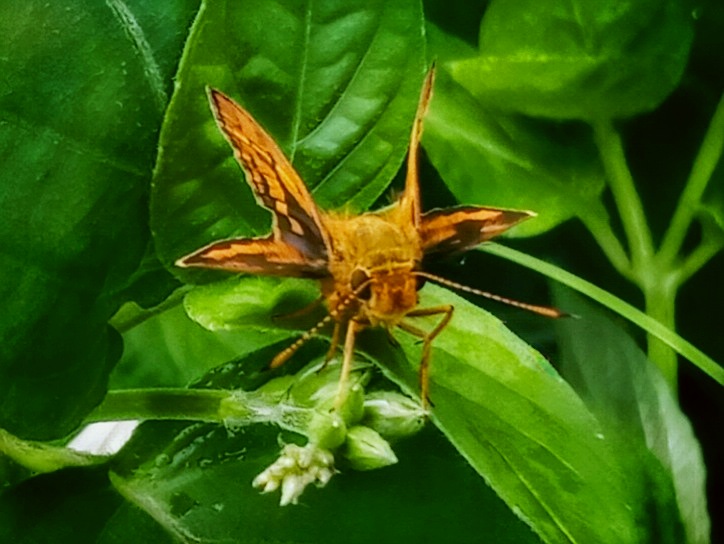
If you look at the percentage of a group of species in an area of green land, of course, the highest rank is ant species with various types, while butterfly, grasshopper, wasp and bee species generally have an intermediate rank even though the population levels are more and less in order. However, the presence of omaha photantus with various colors ranks last, while the rest are inhabited by ladybugs and other pests. Why ladybugs or pests are very few, because when there are wasps and bees or similar species, the destroyers are very few, in contrast to locations that are rarely visited by wasps, bees, dragonflies and some animals become predators for them.
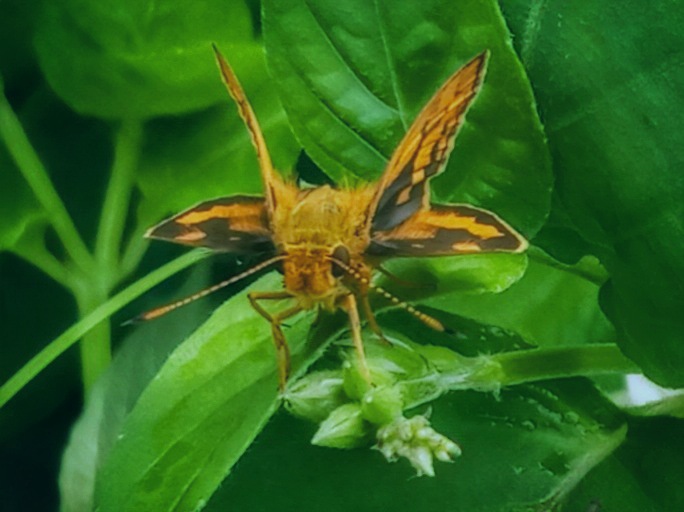
The percentage that has been divided above is almost 60% seen in each of the selected lands, so the size as shown in the table is a benchmark for its existence, therefore this ponthatus or skipper is considered very small in terms of population, even friends from the team. researchers say, that they (ponthatus) are very rare here in our region, especially in our neighborhood.
Why is there so little pollution? So in this case I myself have made manual observations with several methods of this situation, it turns out that there are several influences that have an impact on its development.
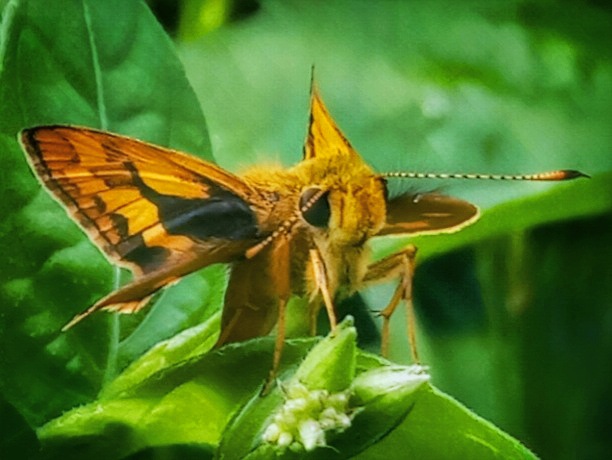
Things that affect the development of skipper (ponthatus) in this area are hampered, including ;
- Weakness of a power against his character, so that when mastering a land, it can be disturbed by other species
- Having a very quiet nature in all processes, this character is also termed by our residents as a lazy butterfly
- The eggs are considered pests, even though when they become butterflies they are not pests
- Not wanting to be bothered by a situation, they are not aggressive like butterflies in general
- and, some other characters that can hinder the development of the group.
The reasons for the points above are several obstacles that occur and can be seen in the field, but the most visible thing is that he does not want to join other butterfly species.
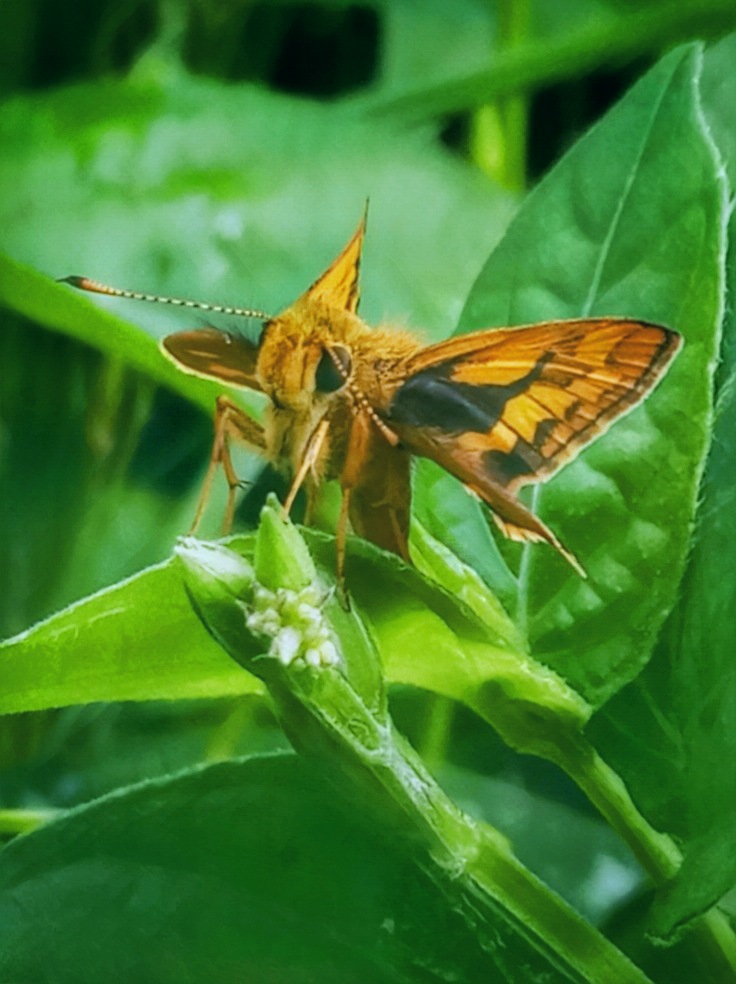
This is very often seen in everyday life. He wants a large location, which has healthy flowers or leaves, even they are reluctant to join other butterflies, especially if there are a lot of other inhabitants in the land. So it will automatically move to a safe location and not be disturbed by its location.
When he is silent in one point of his chosen location, then at that time there are also butterflies in general, call it an ordinary tiger butterfly, then he will move fans to alight under the dense leaves. Moreover, if it was a wasp or an ant that came, then their behavior immediately avoided the arrival of other groups.
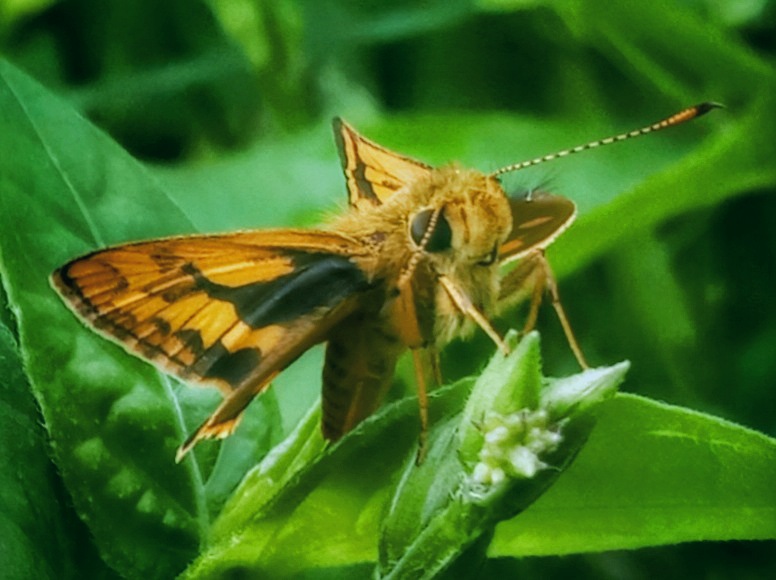
Then the slow mating process, unlike other butterflies, is also a reason for the small population here, maybe they will only become a large group if the land which has a large size and there are small weed flowers, will be able to reproduce on a large scale, but What is a contradiction is, every fertile land (like the character above) of course every insect species will always follow and be present in that area, because the vast land is a promising nest for every species.
They like to be under dense grass, making it difficult to see and rarely perch on leaves that are exposed to direct sunlight, although they also like to perch on the tops of plants, they are never comfortable because there are still many aggressive species that want to dominate prime locations, which is their choice. Any leaf exposed to sunlight is favored by flying insect species, as tiny flowers will appear on the surface of the plant, making it easier to suck up the flower nectar.
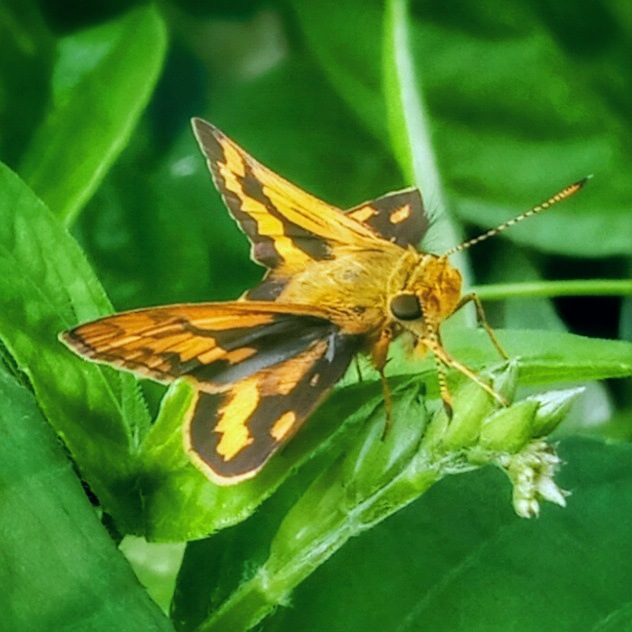
Even so, I see them as extraordinary, why? Because they can still survive even though they are always disturbed and defeated by other insects that are stronger or more powerful than them. They can still survive even if they choose a location under the grass, even though ants also bother them. But they still exist in this environment, though very few.
Politics is very peaceful, but it always works, even though it is disturbed by other people, for example, a small majority of human groups are in a country where the majority of other groups are larger.
Thus a brief review, about a forgotten figure in a habitat. Thank you for visiting I hopefully you like it.

| Photo and Text Captions | ✎ & 📸 |
|---|---|
| 🅿🅾🆂🆃 🆃🅸🆃🅻🅴 | Skipper butterfly, its existence is almost forgotten |
| 💥 𝕃𝕠caţเØnˢ 𝓅H𝐨𝓣o⌖ | Indonesia |
| 𝗪𝗿𝗶𝘁𝗶𝗻𝗴 𝗗𝗲𝘀𝗰𝗿𝗶𝗽𝘁𝗶𝗼𝗻 | 𝕆𝕨𝕟 𝕨𝕣𝕚𝕥𝕚𝕟𝕘 |

https://twitter.com/Luecas_suci/status/1472618636455989249
The rewards earned on this comment will go directly to the person sharing the post on Twitter as long as they are registered with @poshtoken. Sign up at https://hiveposh.com.
Wow your picture very amazing
Thank you so much...
We appreciate your work and your post has been manually curated by zoology team (oscurity,nelinoeva) on behalf of Amazing Nature Community. Keep up the good work!
the photos are captures? give me that impression?
Thank you so much @hive-127788, for appreciating me, have a nice day